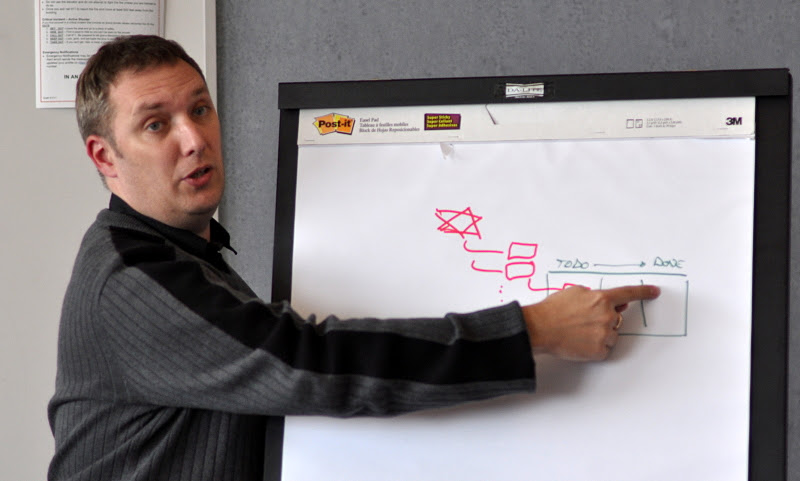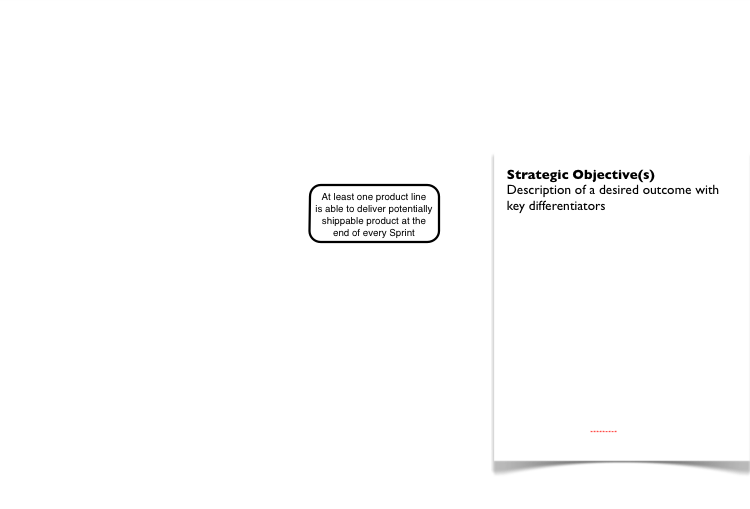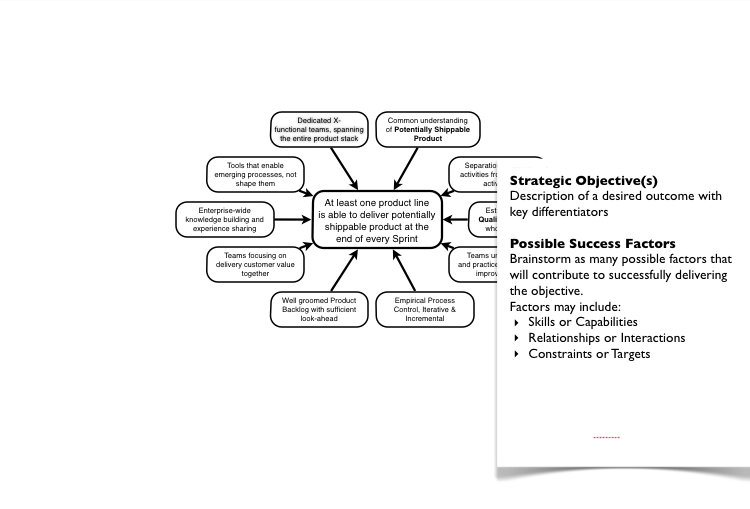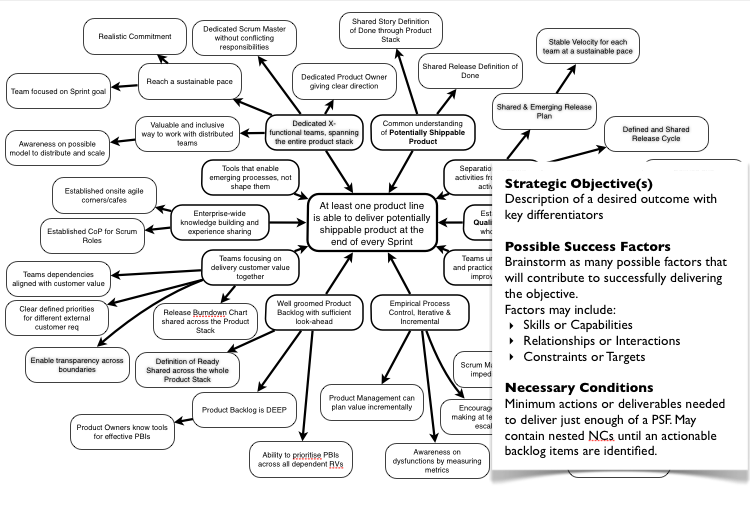Tips and Tricks for the beginning Product Owner
Envision a vision for a better PO
I want to point out that a vision is a necessity. The Product Owner is not going to do a good job without one. The product vision is not part of the Scrum framework. Nonetheless it is often mentioned in the Scrum literature as something that is a prerequisite.
In my experience, most companies lack a vision for their products. On rare occasions, there existed a product vision, but it led a gloomy existance in a dusty drawer.
A good product vision is short, concise, broad, understandable and most important – engaging! With a good vision in place, everybody in the company will be aligned to the same goal.
Make it clear what you build, what your target audience is, what is the single uncompromiseable feature and what are other features that distinguish your product from your competitors’. Make every sentence and word matter, not longer than an abstract. The book from Geoffrey Moore “Crossing the Chasm” is a great source to learn how to write a vision statement properly.
Why is the product vision a vital tool and not just a toy for esoteric trainers? Imagine the perfect Product Owner. She has the authority to substitute the customer directly when facing the development team when a question arises. This can be accomplished if she has a very good relationship with the customer and knows his wishes, the product and the environment very well. – Even without a product vision.
Now imagine that this Product Owner has more than just one customer. She would need a split personality with a shared knowledge and understanding. And the stiuation gets even worse with three or more customers. And now keep in mind that building a product does not just mean to fulfill the customers‘ wishes. It is about building a product with many other stakeholders like development and marketing as well as juggling with internal requirements and restrictions.
The product vision is the shield for the Product Owner. Many dysfunctions in companies arise because there is no product vision. The common tragedy that follows is that many opportunistic moves undermine the product integrity. The product loses its identity. Nobody knows anymore what makes it stand out, what makes it different, marketing does not know what to advertise about the product, developers are not proud of their product anymore and stop taking care of it. In the end you have a bunch of people who try to hold it all together until there is no more money to squeeze out. The end of the product life cycle is reached. The vision is the tool to align the goals of all stakeholders and allow the Product Owner to challenge and also motivate the team.
So help yourself and the team and forge the tool you need to motivate and keep the integrity of the product instead of whining because it all falls apart.






